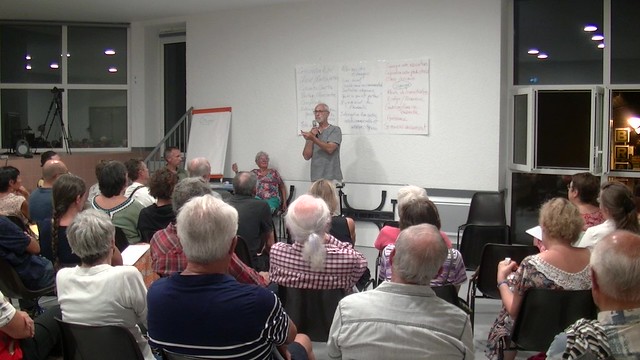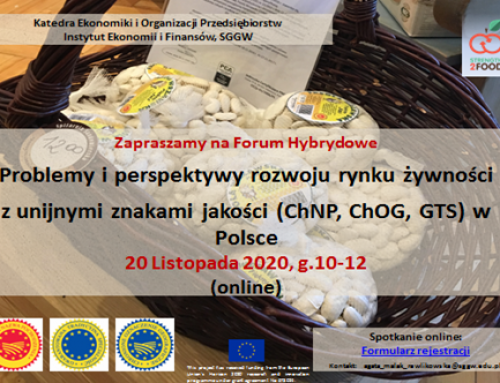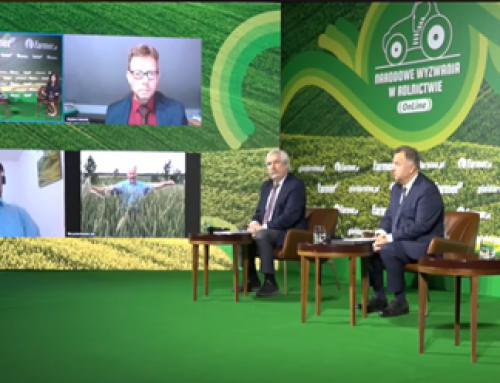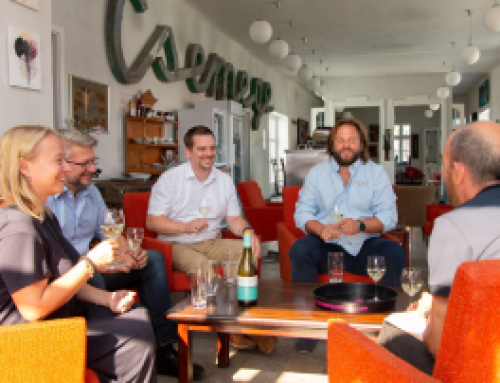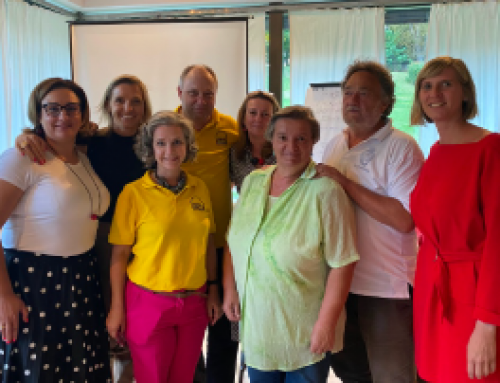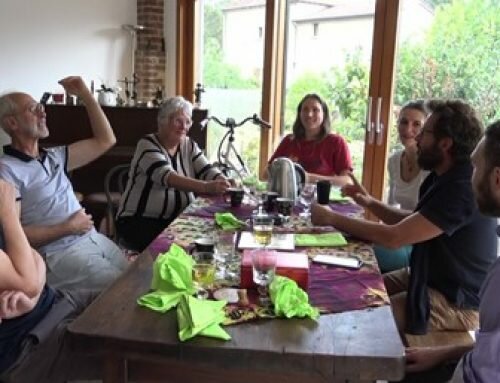The first HF 2.0 organized in France took place in the village of Hauterives, in the Drôme department, on the 27th of August 2019. The choice of the theme was co-constructed with the initiator of a market of organic and local producers, called the “Little Market”. His wish was to think about the possibility of making it more than just a commercial place by adding an associative and citizen dimension which was not without controversy. Are a commercial activity and a civic activity compatible? What are the links with the local environment (other associations, the municipality, etc.)? And finally, who would be the audience for this project?
The preparatory working group involved a researcher, a panel of 7 participants: the producer who owns the place where the “small market” is located, two representatives of associations, two elected municipal officials, two consumers of the “Little market” and a guest expert in rural development. The main discussion revolved around the idea that the “Little market” is a support for an associative activity. Through the discussion, several points emerged that deepen or go beyond the initial project. Among the main ones, we can retain: the question of governance, of audiences, the need for access to “good food”, the issue of participatory democracy.
The second part brought together 35 people. The panelists organized the space in such a way (no tables, all seated in a circle) to encourage participation. After a brief presentation of the framework by the researcher (who explained to the public the presence of the cameras), the discussion began with a brief reminder of the project, followed by a round-table discussion where everyone was invited to introduce themselves and explain if they wished, the reasons for their presence. A paperboard was used to keep track of everyone’s observations. The discussion went well beyond the scope of the project. Indeed, the debates very quickly turned to general questions about the dominant agricultural and industrial model and the need, or not, to transform it. To the disappointment of some, due to the large number of participants and the great freedom of expression, the debates did not necessarily lead to concrete projects. In spite of this, the paper board technique made it possible to identify major trends and above all to agree on the organisation of a second hybrid forum.


